My shopping cart
Your cart is currently empty.
Continue ShoppingThe Museum’s archives are an essential source of information on Britannia’s past. In this section we are making available parts of the archives that directly support our educational programming. You will also find materials written by Museum staff on Britannia and topics related to Britannia.
Step back in time through our collection of archival images, capturing life at Britannia Mine as it once was — from daily routines to major milestones, and the people who shaped its history.
Unlock the doors to a nostalgic glimpse into the evolution of Britannia Mine Museum
The Book: Britannia - Story of a Mine, captures the essence of Britannia with stories ranging from the great tragedies to the realities of life in an isolated town. Copies of this book written by Bruce Ramsay are sold in the Gift Shop
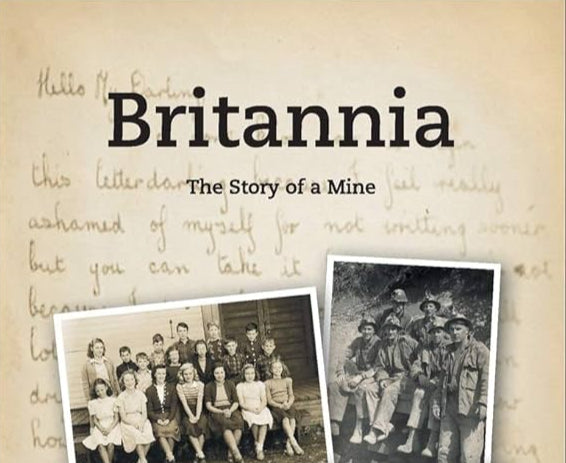
Britannia: The Story of a Mine
Dr. A. Forbes - the Discoverer of Britannia's Copper
Dr. Forbes is credited with the discovery of copper at Britannia in 1888. The story of the discovery however includes another prospector and a buck. This document gives some background on the mineral discovery that became Britannia.
J W D Moodie - Britannia's Autocrat
In 1911 Mr. Moodie came to Britannia with one task - make the mine profitable. He succeeded. This document prepared by the Museum gives an introduction to the man that revamped Britannia into the largest copper producer in the British Empire.
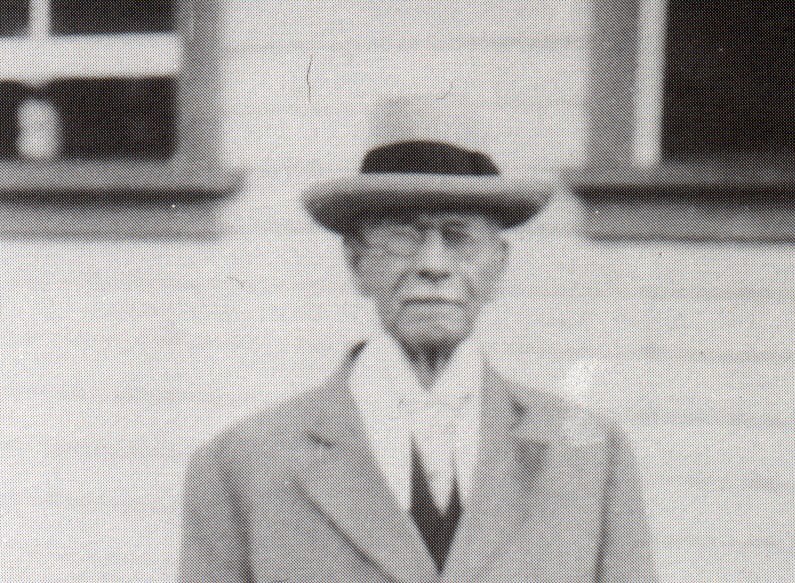
Dr. A. A. Forbes
Over the years, the Mine had several newspapers and newsletters for the community. They provide a unique insight into the events and people that made Britannia home.
The Britco News 1930 (February - July)
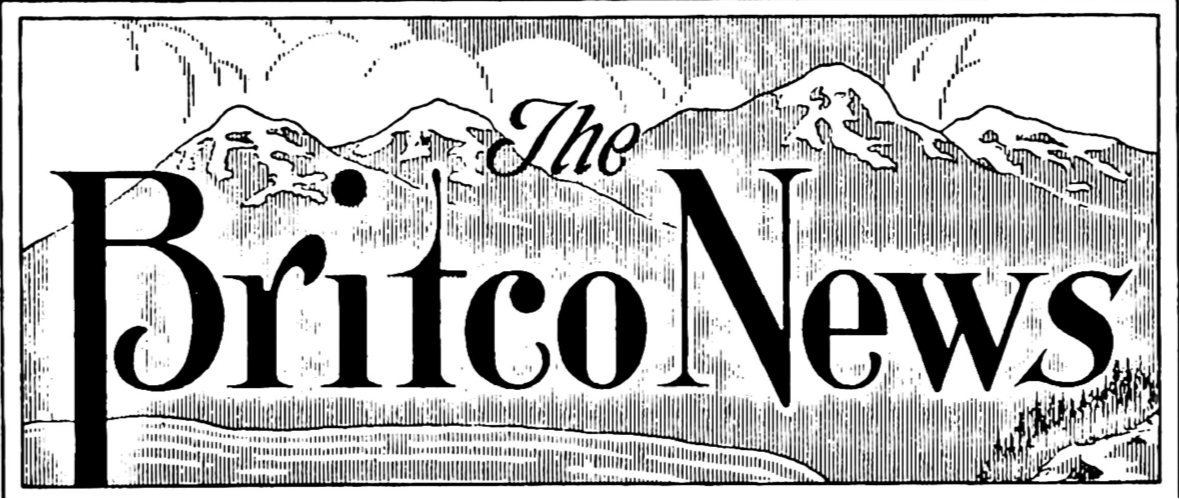
The Britco News
Safety Committee, 1923 - transcribed from original document
Britannia worked continuously to improve safety both above and below ground. This document provides a look at the measures being undertaken at the time to keep people safe.
Fatality inquest, 1951 - transcribed from original document
When a fatality occurred, an investigation into the incident was required.
Incline accident, 1939 - transcribed from original documents
In 1939, the incline train lost control and raced down the hill where it smashed into the Mill. Fortunately nobody was killed.
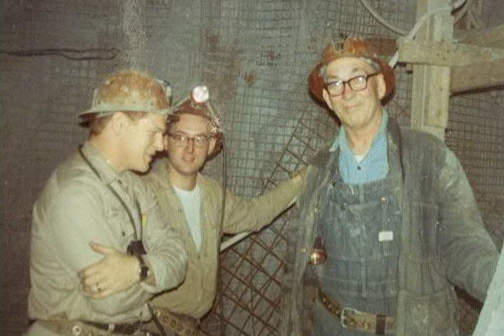
Miners in the Underground
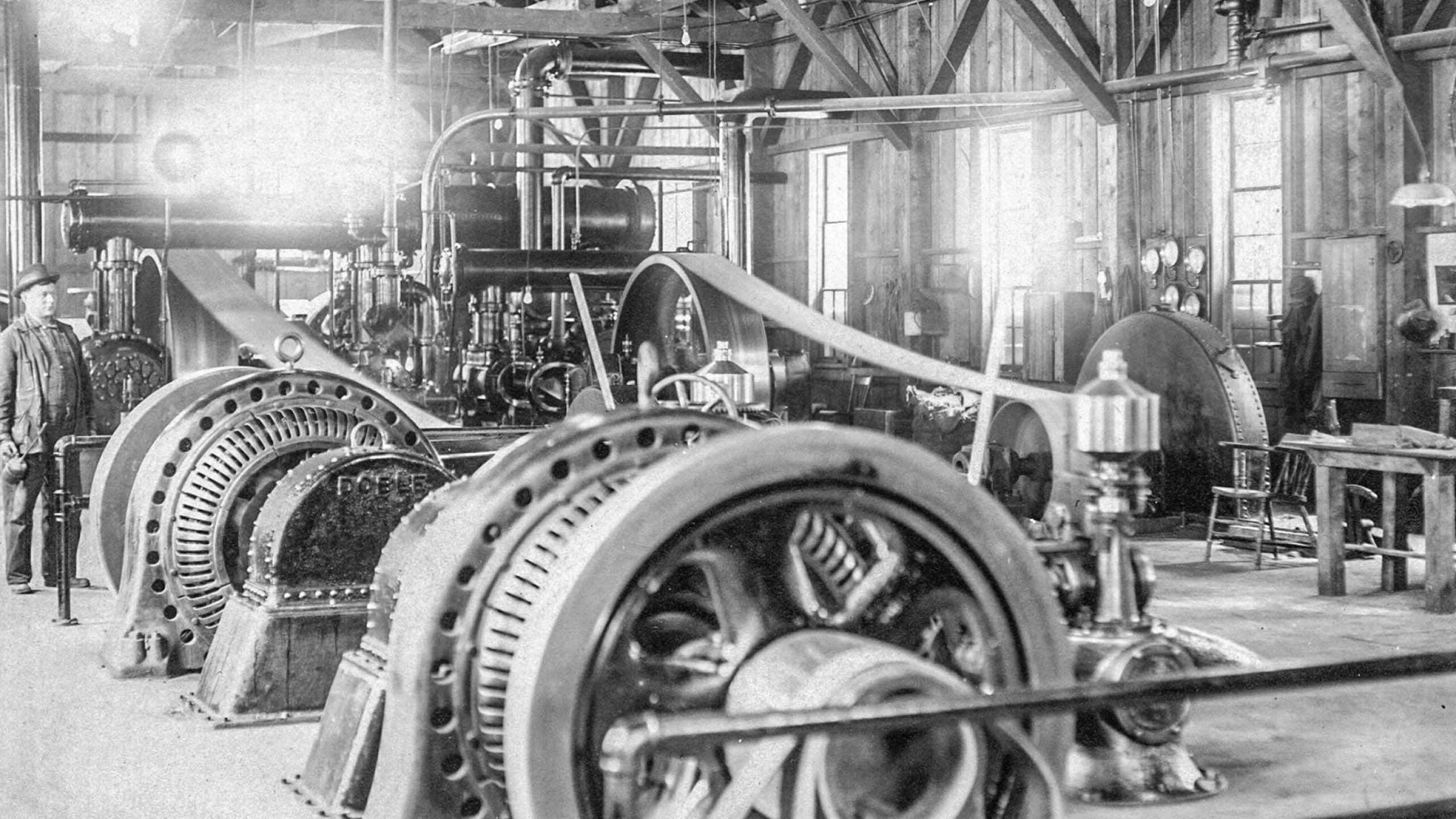
Mill No.3 in operation